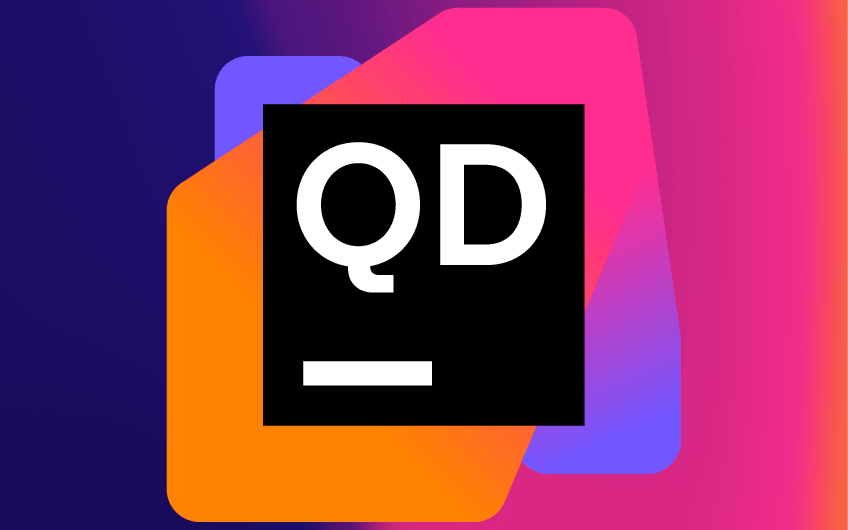get in touch
In the ever-evolving realm of Python dataframes, a newcomer has been making waves – Polars. This robust dataframe library has been designed specifically for handling vast datasets efficiently. While it’s garnering attention, many are drawing comparisons with the well-established pandas library. In this blog post, JetBrains delve into the technical distinctions between Polars and pandas and examine their respective strengths and limitations.
Why Choose Polars Over pandas?
In one word: performance. Polars was meticulously crafted for blazing speed, capable of executing common operations approximately 5–10 times faster than pandas. Moreover, Polars boasts significantly lower memory requirements, with pandas needing 5 to 10 times more RAM compared to Polars for similar operations.
For a glimpse of Polars’ performance in comparison to other dataframe libraries, check out . You’ll observe that Polars outpaces pandas by a factor of 10 to 100 for everyday operations and stands as one of the fastest dataframe libraries overall. Additionally, Polars can handle larger datasets without succumbing to out-of-memory errors.
Why is Polars So Swift?
Polars achieves its remarkable performance through several innovative approaches:
Written in Rust: Polars is developed in Rust, a low-level language nearly as fast as C and C++. In contrast, pandas relies on Python libraries, such as NumPy, which, despite having a C core, still grapples with Python’s inherent memory handling issues. This distinction leads to Polars excelling in scenarios involving certain data types like strings for categorical data.
Based on Arrow: Polars leverages Apache Arrow, a language-independent memory format. Arrow, co-created by Wes McKinney, addresses many of the issues seen in pandas as data sizes grow. While pandas 2.0 also integrates Arrow (via PyArrow), Polars boasts its unique Arrow implementation. Arrow’s interoperability significantly enhances performance by eliminating the need for data conversion between different pipeline steps, reducing memory usage, and expediting data retrieval.
Query Optimization: Polars stands out in its ability to perform both eager and lazy execution, with a query optimizer determining the most efficient code execution path. This optimization includes operations reordering and eliminating redundant calculations, enhancing overall efficiency.
Expressive API: Polars offers an incredibly expressive API, allowing almost any operation to be expressed as a Polars method. This differs from pandas, where more complex operations often require lambda expressions and utilize row-wise execution. Polars’ built-in methods enable working at a columnar level and harnessing SIMD parallelism.
When Should You Stick with pandas?
As impressive as Polars may be, pandas continues to excel in certain scenarios, including data exploration and machine learning pipelines. Here’s why:
Interoperability: Polars has remarkable interoperability with packages using Arrow, but it’s not yet compatible with many Python data visualization and machine learning libraries, such as scikit-learn and PyTorch. Only Plotly currently supports creating charts directly from Polars DataFrames.
Tooling: For those eager to explore Polars, tools like DataSpell and PyCharm Professional 2023.2 offer excellent support for both pandas and Polars in Jupyter notebooks. These tools provide interactive functionality for easier data exploration, including scrolling through all rows and columns without truncation, quick aggregations, and diverse export options.
In conclusion, Polars emerges as a performance powerhouse for data manipulation, challenging the supremacy of pandas. However, pandas remains the go-to choice for data exploration and machine learning tasks. As the Python ecosystem evolves, the compatibility gap between Polars and other libraries may narrow, making Polars an even more compelling option in the future. If you’re eager to explore Polars, consider trying it with a 30-day trial of DataSpell via the link below.
Blog resource: https://blog.jetbrains.com/dataspell/2023/08/polars-vs-pandas-what-s-the-difference/





